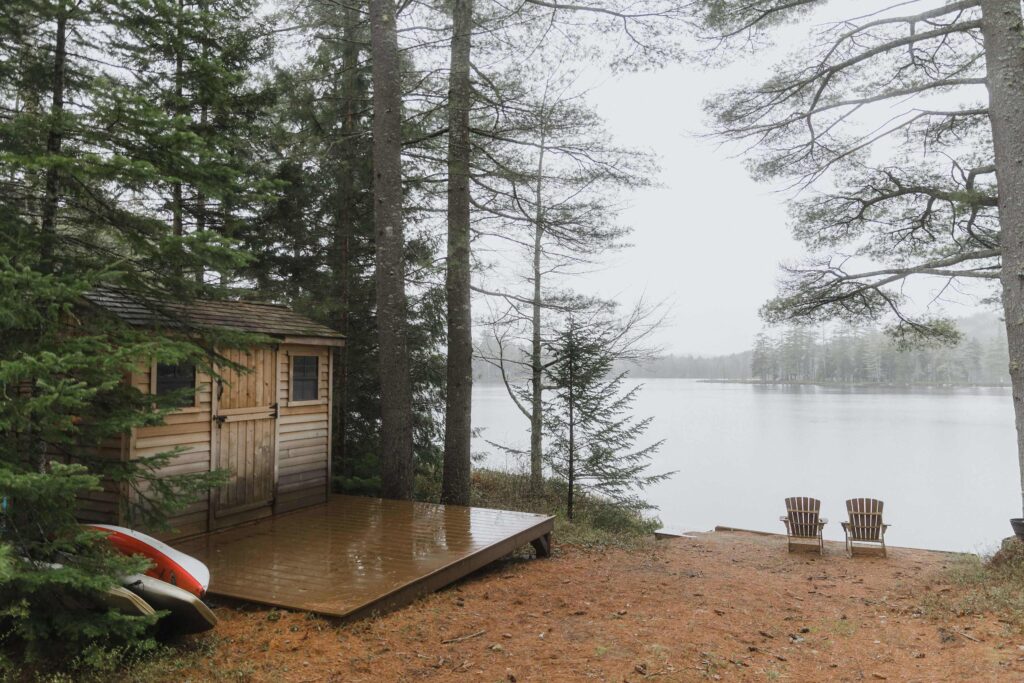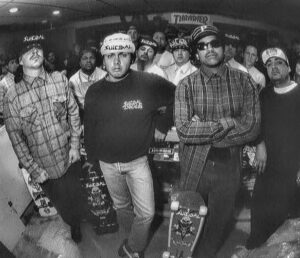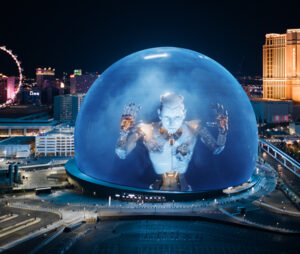The fireside songs, mosquito bites, archery competitions, and lanyards: these aren’t just relics of adolescence—they’re fixtures of a distinctly American phenomenon. But where did the summer camp tradition begin? And why has it embedded itself so deeply in the nation’s psyche?
A Seed in the Wilderness: The Origins
The invention of the modern summer camp can be traced back to the late 19th century, when anxieties about industrialization, urbanization, and what was perceived as the softening of American youth inspired reformers to seek renewal in nature. The first organized American summer camp, The Gunnery Camp, was launched in 1861 by Frederick W. Gunn, a Connecticut schoolmaster and naturalist. He took students on a two-week excursion to hike, boat, and commune with nature, believing the wilderness to be a crucible for character-building.
This idea gained traction among educators, clergy, and social reformers. In the wake of the Civil War, with increasing waves of immigration and growing cities, the American upper middle class began to idealize the frontier as a place of moral and physical purification. This yearning birthed a culture of “back-to-nature” movements—Boy Scouts, YMCA programs, and ultimately, summer camps.
A Mirror of American Values
By the turn of the 20th century, summer camps had proliferated. Programs emphasized ruggedness, discipline, and communal living, often mirroring military structure. The earliest camps were single-gender and deeply racialized—predominantly white and Christian, with strict codes of conduct.
Camp was, in many ways, a place to rehearse American values: self-reliance, camaraderie, patriotism. As children paddled canoes, learned knot-tying, or raised the flag at dawn, they were participating in a cultural project aimed at building ideal future citizens. Camps had daily schedules, rituals, and uniforms, drawing from both religious and civic traditions.
Interestingly, these camps were not purely escapist. They were intentional counterweights to the “softness” of city life and the supposed moral laxity brought on by technological progress. Boys and girls alike were to be fortified by exposure to the rustic, the difficult, and the communal.
The Invention of Childhood Adventure
Summer camp also coincided with a new concept of childhood. In pre-industrial societies, children often worked alongside adults. But by the early 1900s, a growing middle class began to see childhood as a distinct, protected phase—one to be enriched with meaningful, structured experience.
The camp industry grew rapidly alongside this emerging philosophy. Advertisements promised personal growth, spiritual health, and lifelong memories. By the 1920s and 30s, Jewish and Catholic camps appeared in response to exclusion from Protestant-founded institutions. Soon, there were camps for every demographic: girls’ leadership camps, arts camps, Quaker camps, camps for disabled youth.
By mid-century, summer camp had become a staple of American childhood—particularly for middle- and upper-class families. The idea of sending one’s child “away” for the summer wasn’t just about recreation. It was a cultural rite, a test of independence, and a class marker.
Pop Culture and the Camp Aesthetic
Cinema played no small role in making camp part of American lore. Films like The Parent Trap (1961), Meatballs (1979), and Wet Hot American Summer (2001) reflect and exaggerate camp culture—rowdy counselors, awkward first crushes, prank wars, and homesickness. They reinforced the idea of camp not just as a physical place, but as a mythology of coming-of-age.
Camp has always walked a line between structure and rebellion. It’s both a place of order and of mischief. The very concept of being “away from home” invites experimentation: new identities, first friendships, formative heartbreaks. Campfires and color wars are more than activities—they’re emotional touchstones.
Economics, Access, and Privilege
Despite its wholesome veneer, summer camp has long been an indicator of class privilege. Traditional overnight camps remain expensive—many costing thousands for a few weeks’ stay. This financial barrier reinforces existing inequalities in access to nature, structured play, and social mobility.
Public programs like 4-H and municipal day camps have tried to democratize the experience, but the archetype of the woodsy New England cabin with fire circles and pine-scented bunks remains the domain of the economically secure.
More recently, some nonprofits and social enterprises have pushed to diversify access, offering scholarships or sliding scales. Others have questioned whether the very notion of “sending your child away” is culturally universal or rooted in specific Western norms.
Tech, Pandemic, and the 21st Century Pivot
The 21st century brought new challenges and transformations. The digital age introduced phones, tablets, and social media into kids’ lives—tools often explicitly banned at camp. Suddenly, being “unplugged” became a key selling point, with camps offering rare digital detoxes.
The COVID-19 pandemic in 2020 briefly derailed in-person camping altogether, replacing cabins and lake swims with virtual campfires and Zoom singalongs. When physical camps reopened, they became symbols of resilience and return to normalcy—but also raised new concerns about health, safety, and social interaction.
Post-pandemic, many camps have had to evolve. Mental health programming, inclusivity training, and staff support have all gained prominence. Today’s campers may spend less time lashing sticks into tripods and more time engaging in mindfulness exercises or social-emotional learning.
Impression
So what does summer camp mean in 2025?
It means continuity and reinvention. From forest hikes to social justice workshops, from horseback riding to improv comedy, camp continues to be a flexible container for American hopes, anxieties, and ideals. Its core promise—the temporary creation of a world apart, governed by its own rules and traditions—remains deeply appealing.
Camp persists because it offers something rare: a shared narrative experience. For one summer, you’re part of a temporary utopia. You wear the bracelet, sing the songs, write the letters home. And when you return, you carry a version of that world with you—sunburned, sleep-deprived, and changed.
As long as Americans continue to seek adventure, transformation, and connection—especially in youth—summer camp will remain not just an activity, but a national obsession.
No comments yet.








